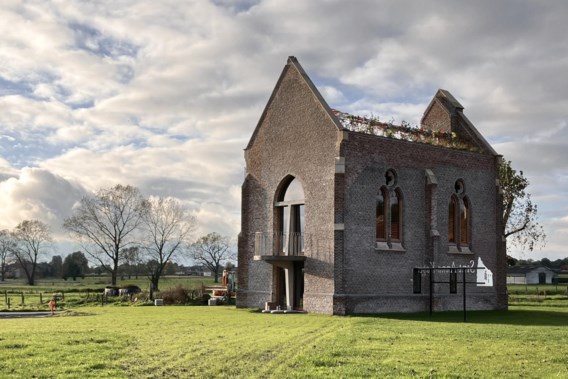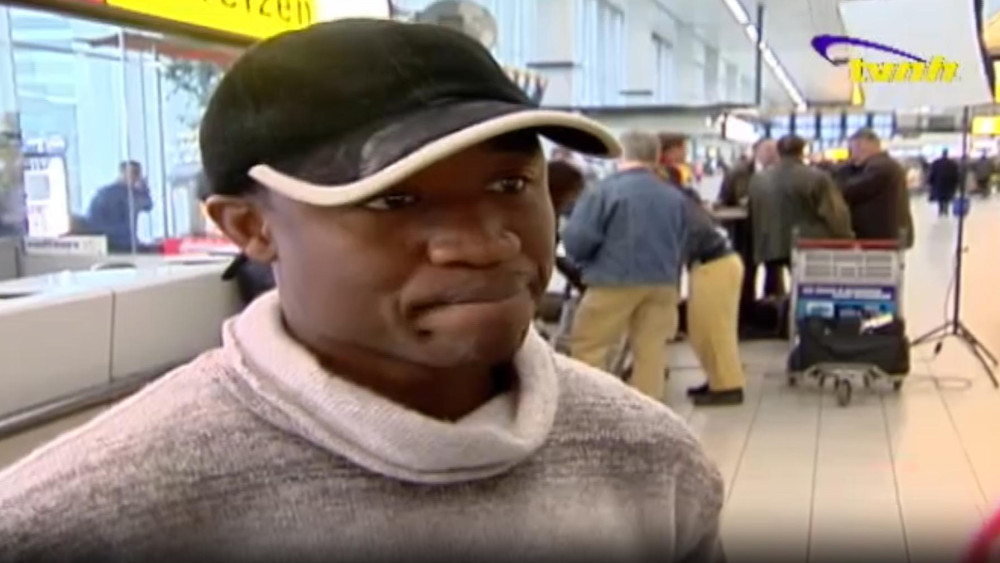There is the Renovation Day for renovators, and the Open Business Day for entrepreneurs. They have both already acquired considerable seniority. Not Repurposing Day. It’s in its first edition this weekend, and that’s not too early. Now that it is becoming clear that we cannot continue to create free space indefinitely, it is becoming clear that repurposing historic buildings can be part of the solution.
On the first Repurposing Day, around 25 projects can be visited throughout Flanders. They have all been saved from the demolition hammer and, with some loving adjustments, have the prospect of a second life. For example, a justice of the peace from Tienen is now useful as a community health center, the National Bank of Antwerp has an interior design house and the governor’s residence has become an office. In Hoegaarden, the remaining sisters of the Mariadal monastery open their doors – in keeping with so much other religious heritage, a meaningful afterlife can certainly be imagined for this.
The St. Anne’s Chapel, before the renovation. — © tvw
Other religious heritage from the program consists of deconsecrated churches and chapels. A sixteenth-century chapel in Sint-Truiden has now become a classic in the genre – the architects of Klaarchitecture have had their offices there since 2016. On the other side of the country, the St. Anne’s Chapel in Dentergem has been transformed into an event location. In Beitem the church became a community hall for local associations. A little further on, in the center of Roeselare, the site of the Redemptorist Fathers will be used as a living, working and recreational place.
It is not surprising that there are churches on offer. Rather, it’s surprising that there aren’t more of them. As early as 2011, the then Flemish Minister for Immovable Heritage Geert Bourgeois (N-VA) launched his concept note on the future for the Flemish parish church. He knew it was sensitive matter and didn’t want to step on anyone’s soul. Once his point was made, he left it to the dioceses to see how many of the 1,786 parish churches in Flanders were still needed.
So many years later, a fair amount of public money is still spent on the maintenance of churches. More than 117 million euros has been allocated for this this legislature, we learned from the cabinet of Flemish Heritage Minister Matthias Diependaele (N-VA). That doesn’t mean the job is done yet. There are still 128 applications on the waiting list for a total of 82 million euros.
However, the church database has been weeded since 2013. Since that time, about seventy churches have been withdrawn from worship. This evolution will only accelerate in the short term. By 2025, every municipality is obliged to submit a church policy plan and show colour. “My proposal is to make any financial assistance from Flanders more conditional,” says Diependaele. “We should not invest public resources in church buildings that are then left unused most of the time.”
Redemptorist Fathers, Roeselare. — © Thirty
What then can be a meaningful interpretation for a church? The Flemish Architect helped with this. From 2016 onwards, there was the project office for Repurposing Churches, which provided local authorities with advice and assistance. In six years it delivered 141 feasibility studies. Not all of these have been realized. Nine have been completed, 25 are in progress and more than thirty have undergone additional research. Sometimes a study showed that an idea was not feasible. Elsewhere, new religious or political leaders emerged who did not like the ideas of their predecessors. Projects collapsed several times because the prices of building materials had risen fatally. For example, the move of the Flemish Architecture Institute to a church has been permanently canceled (see inset).
The 16th century chapel in Sint-Truiden, converted into an office. — © Klaarchitecture
Move to ‘de Hubert’ too good to be true
Churches are not suitable for just any alternative use. Yet the Flemish Architecture Institute (VAI) had a good plan. It wanted to take up residence in the Sint-Hubertus Church in Berchem. It would set up offices and coworking space in “de Hubert”. It would develop a cultural effect for the residential area. The architectural archive that the Flemish government had entrusted to the VAI would be housed there.
The Flemish Architect competition was won by a combination of Ectv and Fenikx. The duo expanded the side aisles to the maximum and created the necessary storage for the four thousand linear meters of archive over two floors. That side building had the perfect conditions for storing vulnerable archives.
“In addition to the classic difficulties of repurposing churches, heritage value came into play,” says Flemish Architect Erik Wieërs. “Although the church is not protected, the outer shell had to be respected and the stained glass windows had to be restored. Add to that the cost of the roof and the project became unaffordable. The only option was to throw in the towel. If the Flemish government decides to assign its archive to the VAI, this will require investments. The archive is now spread out in a provincial building, the concession of which expires in 2028. You can’t saddle someone with an assignment and then leave him out in the cold.” (gse)
The Association of Flemish Cities and Municipalities (VVSG) and Parcum, a museum and expertise center for religious art and culture, have now taken over the relay baton and founded the Platform for the Future of Parish Churches. They reviewed the church policy plans in 2021 and 2023. An evolution took place in those two years. Of the 413 churches where only worship services take place, there remain but 352 more about. The number of repurposings is increasing (from 334 to 353), as is the number of shared secondary destinations (from 202 to 233). “Repurposing and new uses for churches are no longer questioned,” says Diependaele. “Something is clearly shifting.”
information-text"/>
#work #church #repurposing #historic #buildings #progressing #slowly
– 2024-05-11 02:17:10


